Table of contents
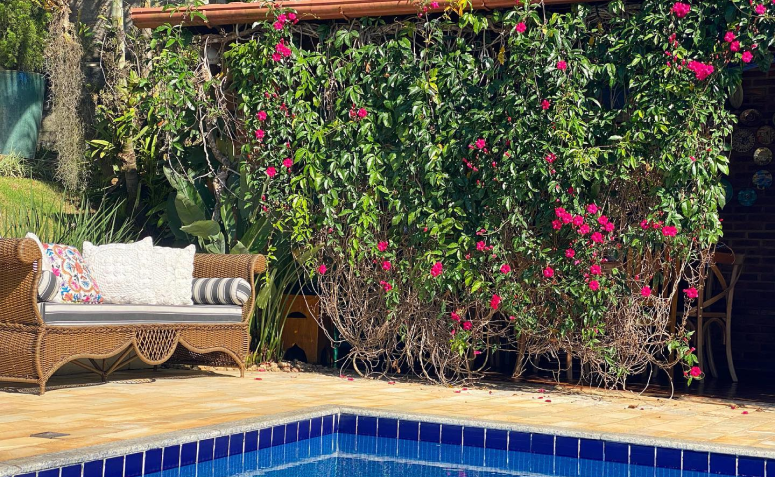
The Ipomea or Ipomoea is the main genus of the family Convolvulaceae Its origin dates back to ancient China, although its cultivation is popular in the Americas. Known as Morning Glory, the plant gets its name because it has many flowers that open during the day for pollination. Check out photos and learn how to grow this species!
Types of Ipomea
Because it is an entire genus, the Ipoméia has a huge diversity of types. You will find species of this plant with unique colors, scents, petals and details. See the 7 most common types below:
Ipoméia Rubra ( Horsfalliae )
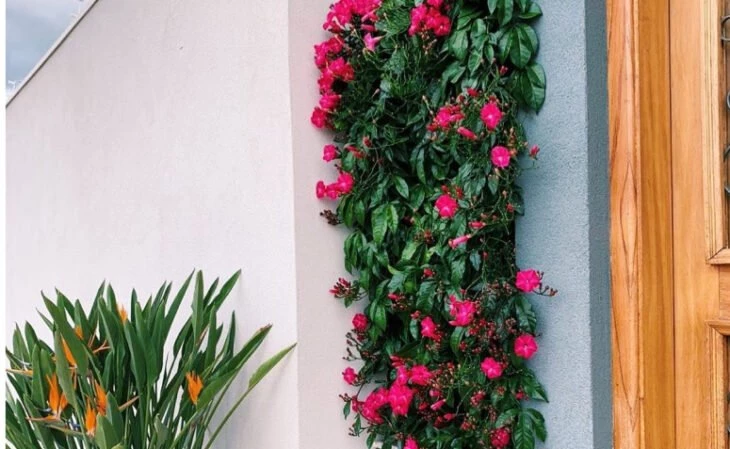
Considered toxic, the Rubra variation of the Ipoméia is one of the most popular in the gardening area. Because of its high adhesion to substrates and its intense color, it also appeals to more casual planters looking for good decorative options indoors.
Ipoméia Cairica

Another widely found and spread variety, the Cairica has the same characteristics as the Rubra, with the difference that its colors are more violet. They are pleasant to look at and enrich any environment.
African Ipomea
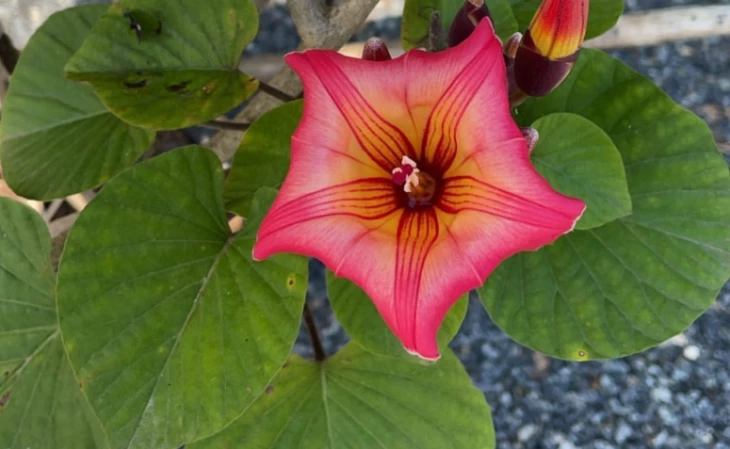
With its strong colors and slightly folded petals, the Ipoméia Africana is simply stunning. Its beauty is overwhelming, and of all the varieties, it is the one that best benefits from sandy soil and higher temperatures.
Ipoméia Variegata
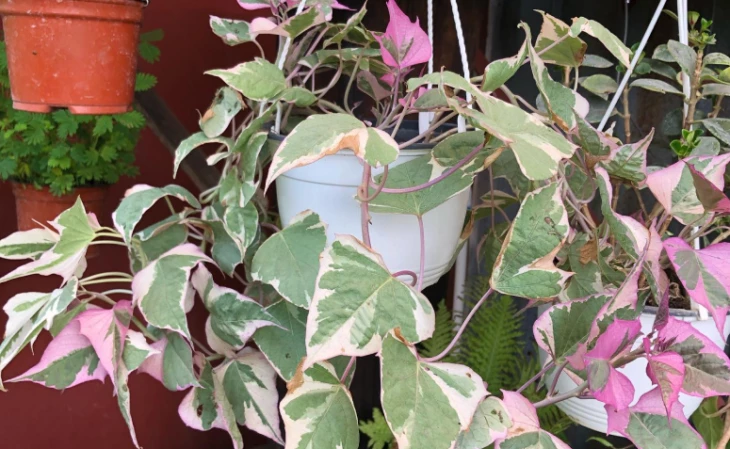
As the name suggests, the Variegata Ipomoeas are those that have a degree of variability of lighter colors in their foliage. This "spotted" appearance is what gives this plant its special charm.
Ornamental Sweet Potato
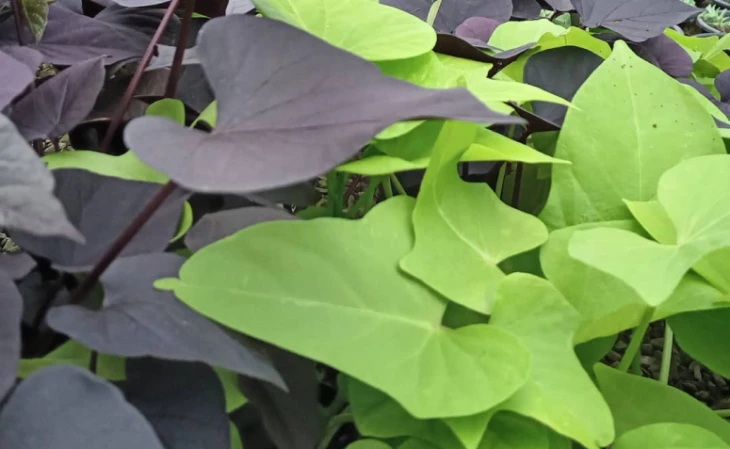
One of the most different varieties, the Ornamental Sweet Potato is loved by many for its simplicity. Its leaves are wide and broad, with discreet flowers and more washed out colors. They look beautiful when placed in distinctive shades.
Ipoméia Purpura ( Ipomoea purpurea )
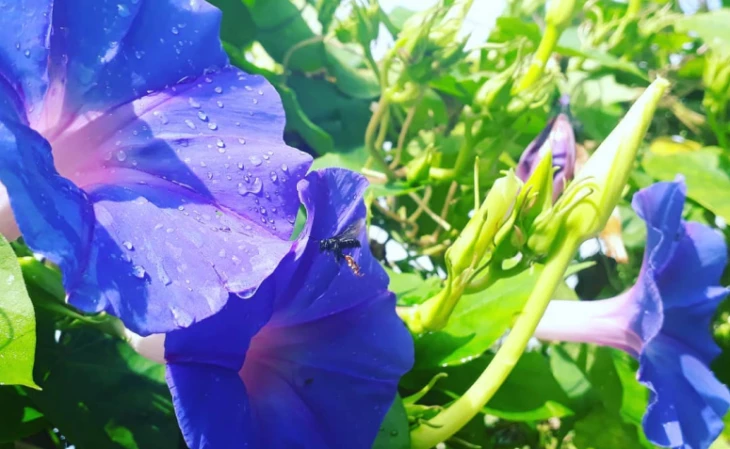
This mesmerizing variety originated in Mexico. Its colors are very eye-catching, with a prominent bud that attracts the eye. The Purple Ipomea is one of the most different options when it comes to creating an atmosphere in the room.
Skeleton Vine
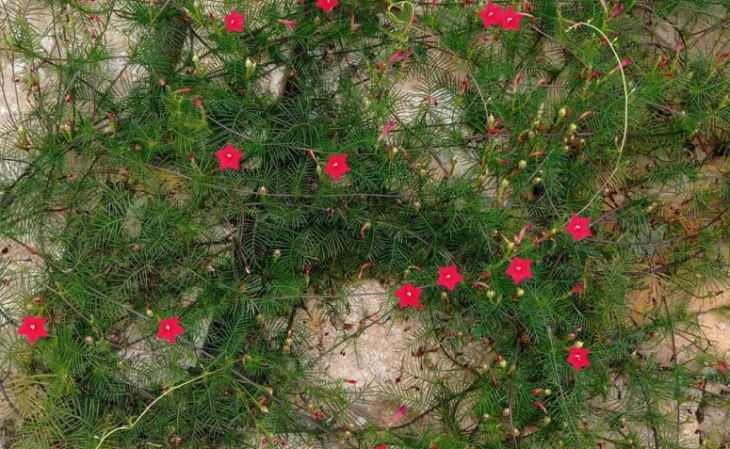
This species draws attention by the volume of its stems and its peculiar shape that resembles the back of a skeleton. Very popular in Brazil, this variety is one of the main options when it comes to vertical gardens with personality.
With so many options, you have plenty to start your home renovation with, don't you? Just remember to research whether your environment is ideal for growing the desired species to make sure your Ipoméia will flourish to its fullest!
How to care for the Ipoméia plant
Although it is considered an easy plant to grow, some care is required for it to bloom healthily and gracefully. Below are some important instructions:
- Watering: In general, the Ipomoeas are plants that do well in the sun. However, their substrate needs to be humidified frequently. To have the guarantee of beautiful flowers, it is recommended to water your species every day, with the exception of very cold or naturally humid ones. But without exaggerating.
- Luminosity: Bet on open spaces, because the Ipomoeas appreciate sunlight or semi-shade and warm temperatures. Give preference to gardens, where the plant will receive a lot of sunlight. If you live in an apartment or a house with little outdoor space, spaces with a good light source, such as windows and balconies, are indicated.
- Fertilization: The soil needs to be kept fertile, but with balanced moisture. Therefore, opt for drainable substrates and do not overload it with water.
- Pruning: Since it is a flowering plant, pruning is indicated after the flowering period. This way you will stimulate the flowering process without jeopardizing the current flowers.
- Resistance: Despite its fragile appearance and apparent delicacy, the Ipoméia is a genus of plants that are considerably resistant. Its leaves withstand wind and high temperatures well, which is one of the reasons why they are found in sandy soils and beach environments.
- Pests and diseases: Ipomoeas usually cope well with pests and other threats. However, it is always important to keep an eye out. Aphids are among the main pests that appear on Ipomoeas.
- Cultivation: Hardy and adaptable, the Ipomoeas can be grown either directly in the ground or in pots, depending on the species chosen and the amount of space available.
Now that you have some essential information for the care of your little plant, check out other video information!
Learn more about how to grow your Ipoméia!
If you are looking to have a plant that is always well cared for and happy, check out these videos for some tips that will improve your growing:
See_also: Ants: 22 home tricks to fight and prevent antsLearning how to make seedlings
In this video, the gardener teaches the step-by-step process of harvesting and planting Ipomoeia seedlings. The process is surprisingly easy, and very rewarding.
A well-done pruning for optimal growth
The focus of this video is the pruning process of the African Trumpet Vine, which reaches enormous proportions in length and volume, requiring good pruning to control. Learn how to do this process in this vlog!
Harmonizing on the Pergola
With a beautiful pergola of purple ipomoeas, the plant owner gives tips on how to orchestrate the plant through the Pergola using nylon thread to create a special composition.
Planting tips
Are you in doubt about planting? This video has many answers. In it, you can see tips about the whole process. A great content to add to the learning about this wonderful little plant.
See_also: Find out what a loft is and get inspired by this living conceptA lesson about species and varieties
In this well-resourced video, the influencer presents important information and interesting facts about Ipoméia and its types. Not to be missed!
With these videos full of information, you will make your Ipoméia even more beautiful and healthy.
20 decoration ideas with the Ipoméia plant to transform your home
Before you go after your Ipomea, check out some inspiring ideas for your Ipomea to shine in your home!
1. passionate, the Ipoméia conquers by its delicacy
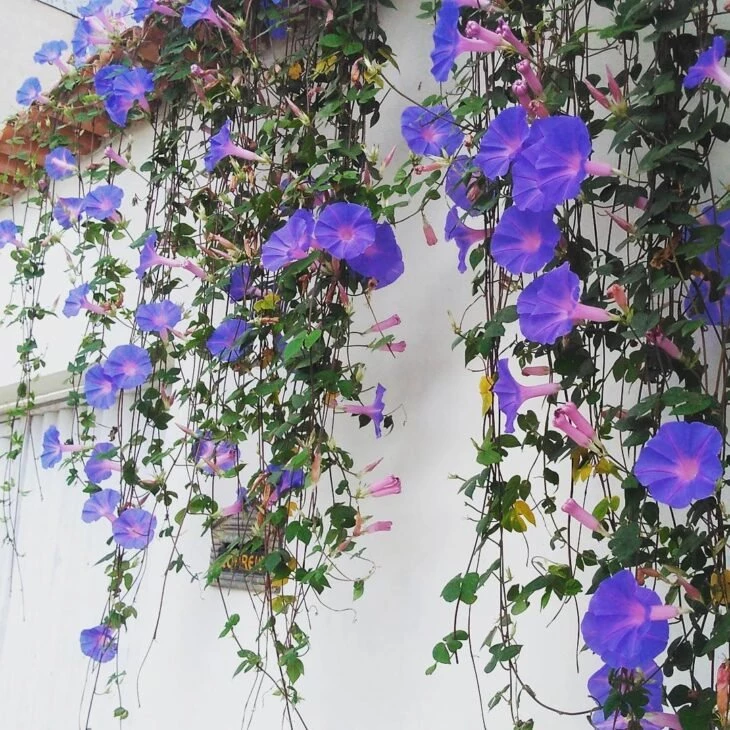
In larger pots, it shines in spaces such as backyards and balconies
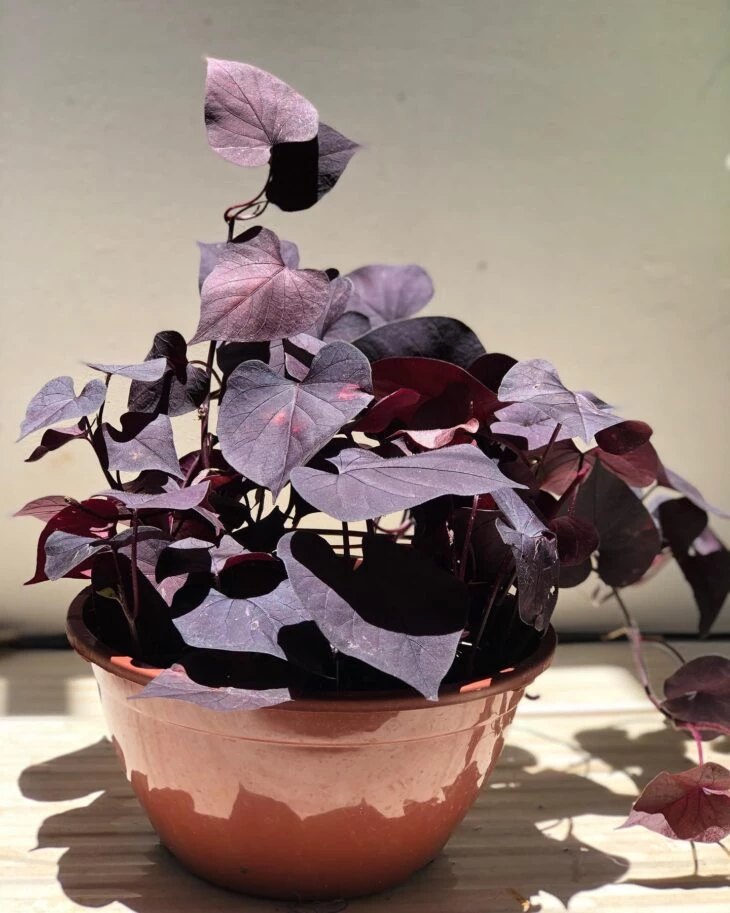
3. that add charm to the environment
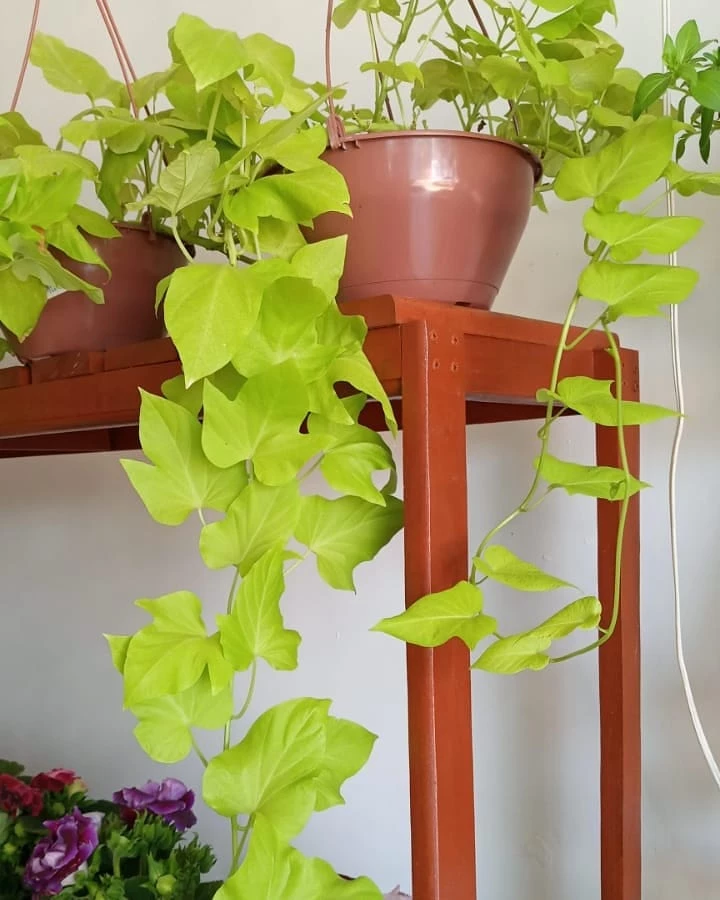
4. but it is in the large gardens that its flowers stand out

5. the Ipoméia marries very well with pergolas
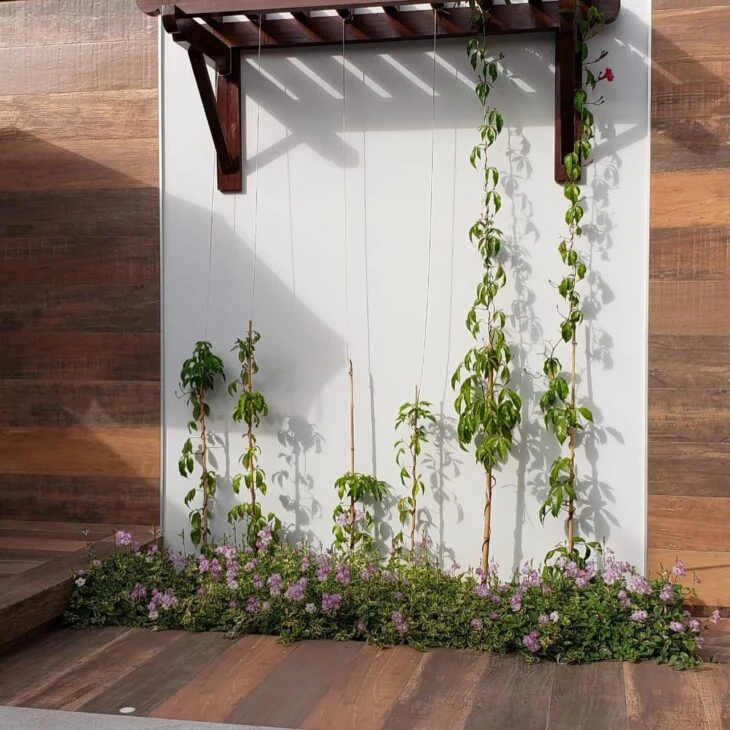
6. and amazing vertical gardens

7. its colors bring life to every corner
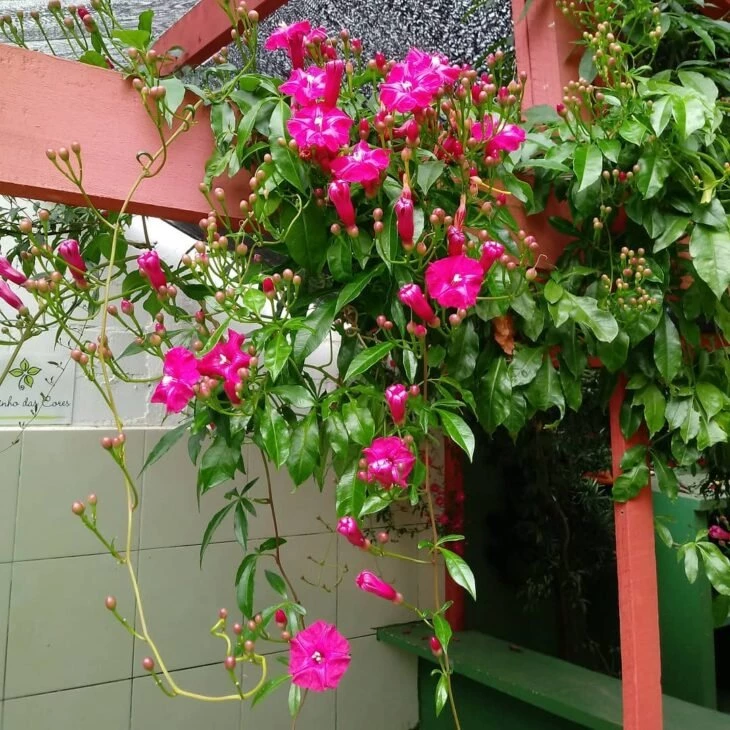
8. why not also decorate columns?

9. the Ipoméias compose a perfect climate for resting

10. giving an air of refinement

11. and a lot of delicacy for your rooms
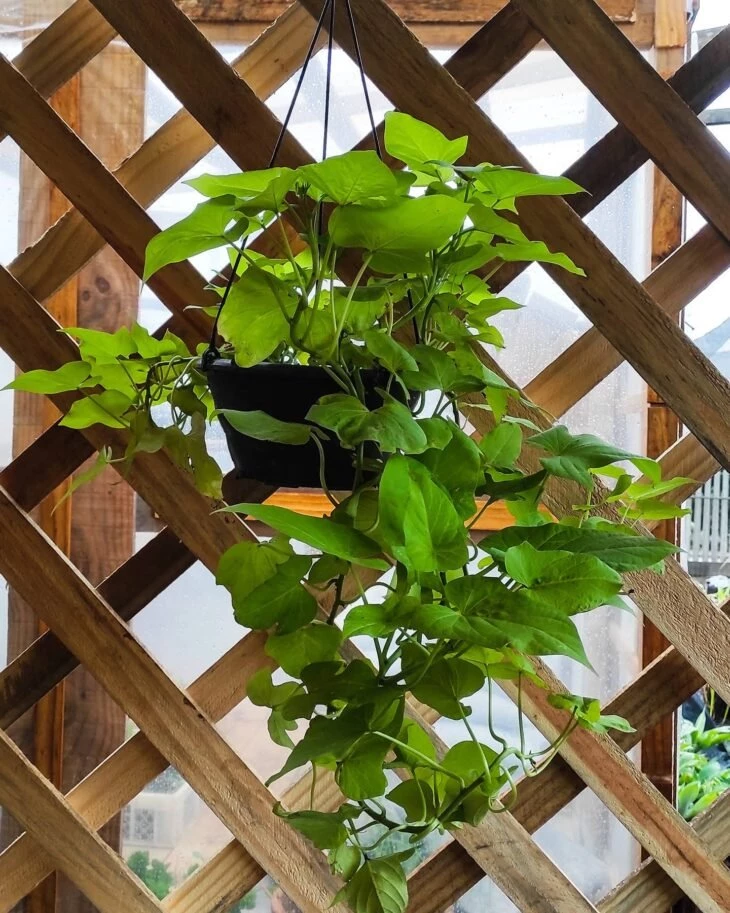
12. large waterfalls are a good thing to leave at the entrance of your house
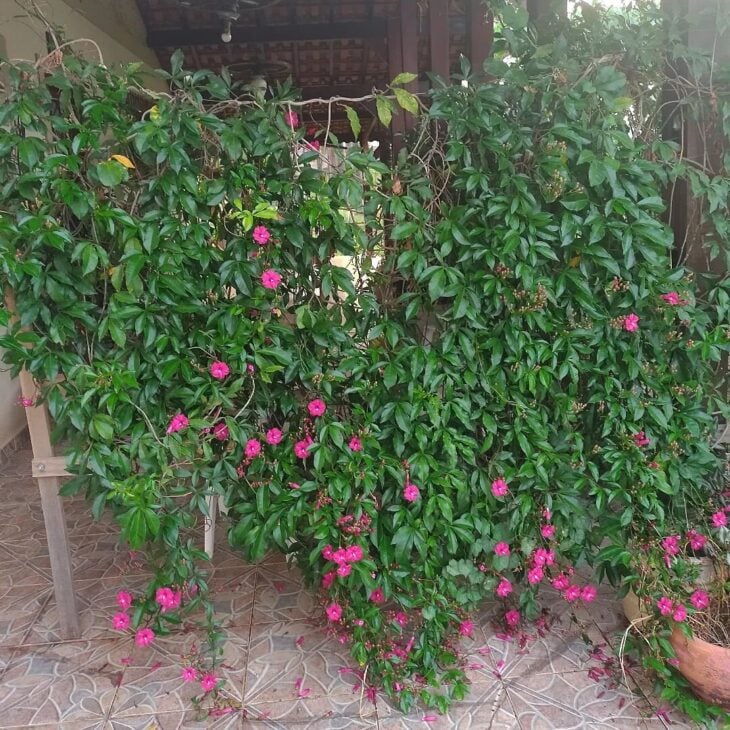
13. garlands of Ipomoeas are beautiful for the front door

14. the varieties can be combined with other plants in stylish arrangements

15. the most flowered species are indicated for balconies and open spaces

16. like portals and fences
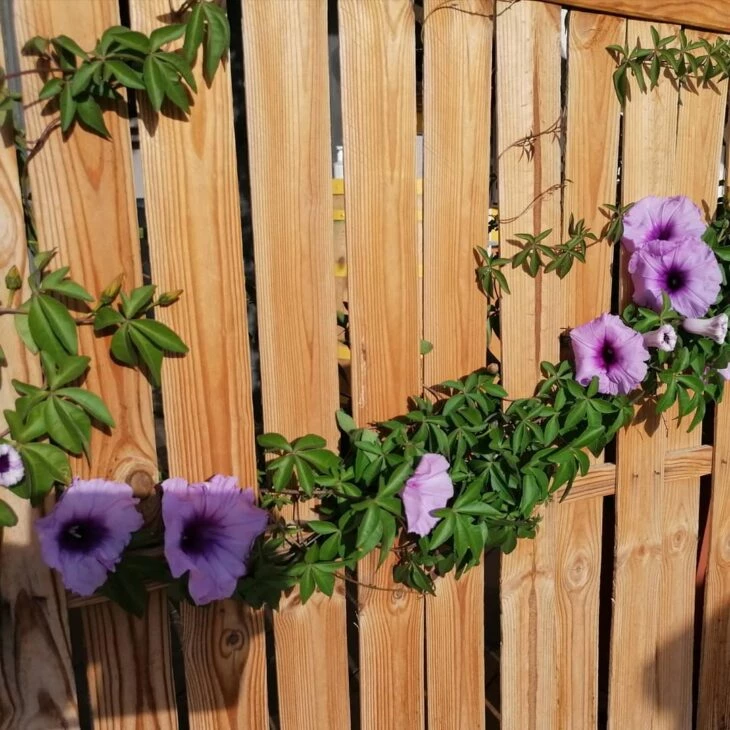
17. and even entire walls!
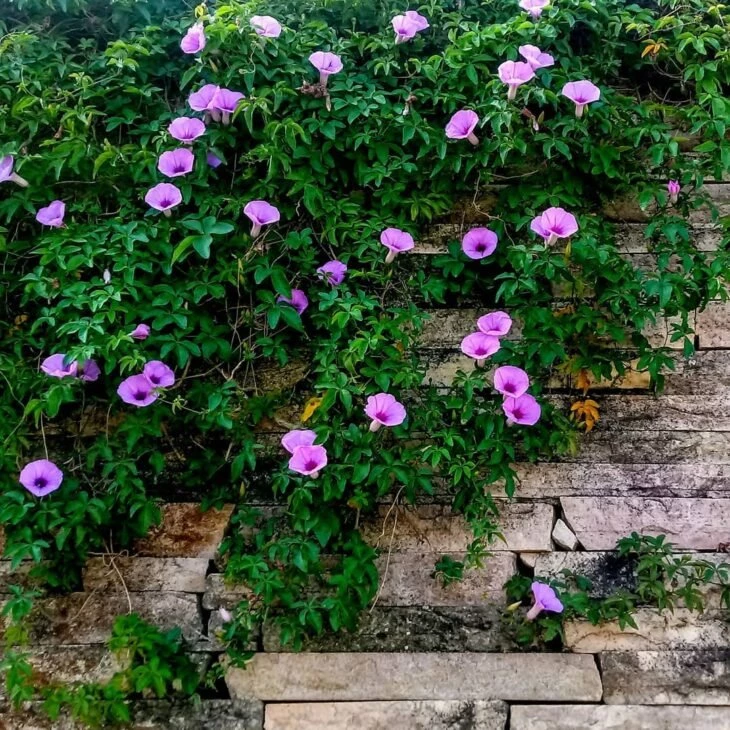
18. even the fence in your garden can become even more beautiful

19. making the environment acclimated and cozy
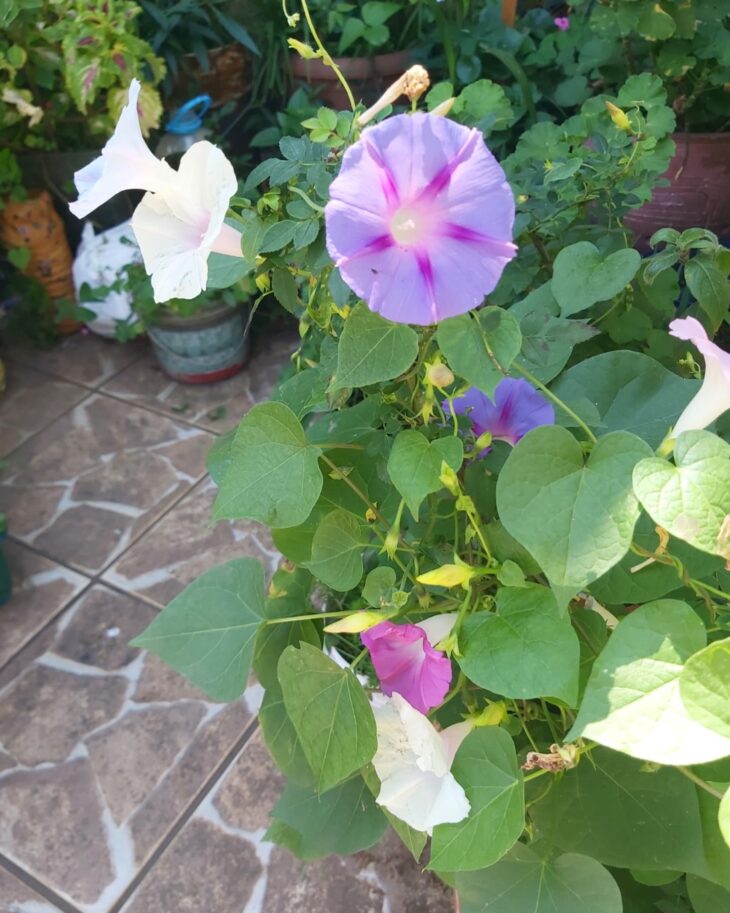
20. don't waste time and surrender to the charms of Ipoméia!
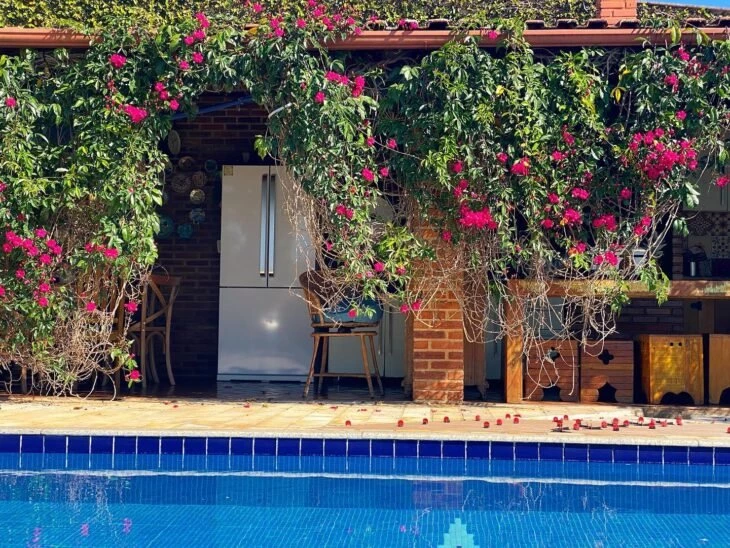
The Ipomoeas are sources of inexhaustible beauty, which can certainly help you give your favorite environment a facelift! And since you like this plant, check out the Jade Climber.


